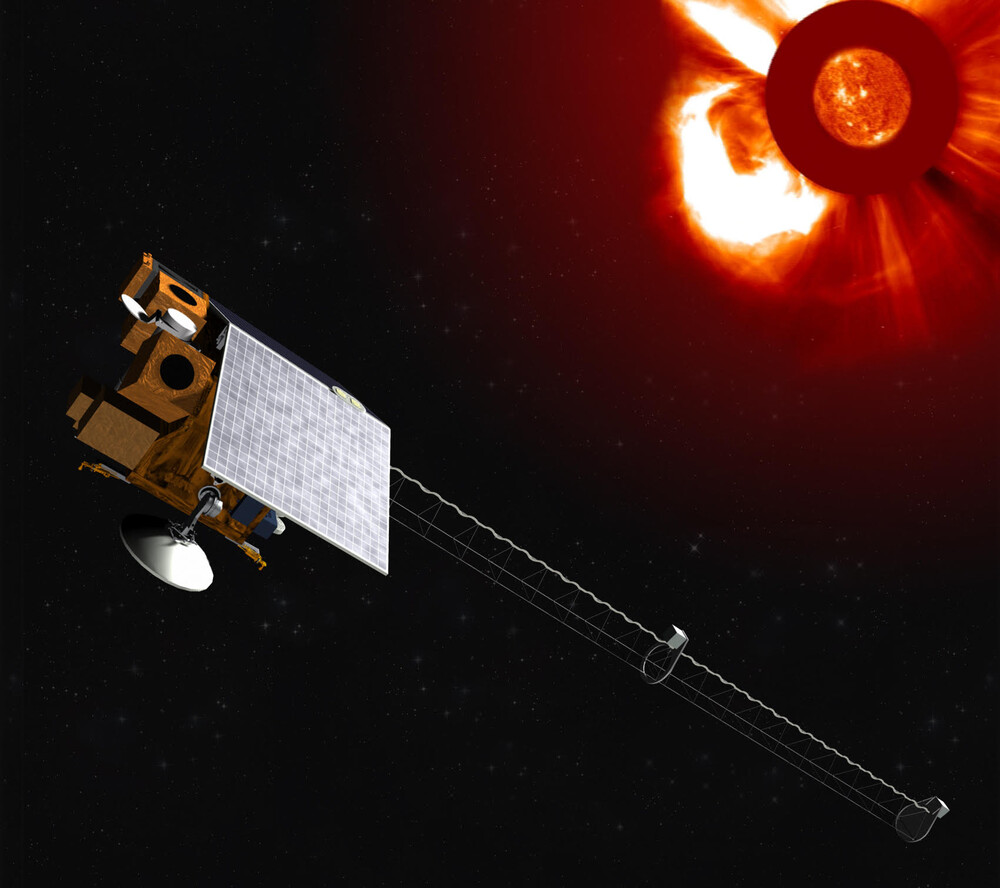Space Weather Follow On

Space Weather Follow On (SWFO) serves as an early warning system that is able to detect solar storms in space. These storms can have severe impact on satellite operations as well as on communication systems and power grids on Earth. SWFO will launch in 2025 to Lagrange Point 1, which is 1.5 million km closer to the Sun than Earth. At this position, SWFO can measure the effects of a solar storm 10-60 minutes before it arrives at Earth and provide early warning with a delay of less than 5 minutes. With this early warning, satellites in Earth orbit can be reconfigured or shut down in time to protect them from potential damage by a solar storm.
SWFO will be operated by the US National Oceanic and Atmospheric Administration (NOAA) and will serve as a replacement and upgrade for the aging ACE and DSCOVR satellites that previously performed this task.
One of the key instruments for early detection of solar storms is the magnetic field instrument MAG, which is being developed by the South-West Research Institute in cooperation with the University of New Hampshire (UNH). The IWF provides the measurement electronics for this magnetometer, which is the core element that operates the UNH fluxgate sensors and preprocesses the data to a suitable digital format. The IWF-developed electronics board was subject to a thorough test and pre-calibration campaign at the institute, in order to guarantee the high measurement quality required for solar storm detection.
More information on SWFO can be found at NOAA.